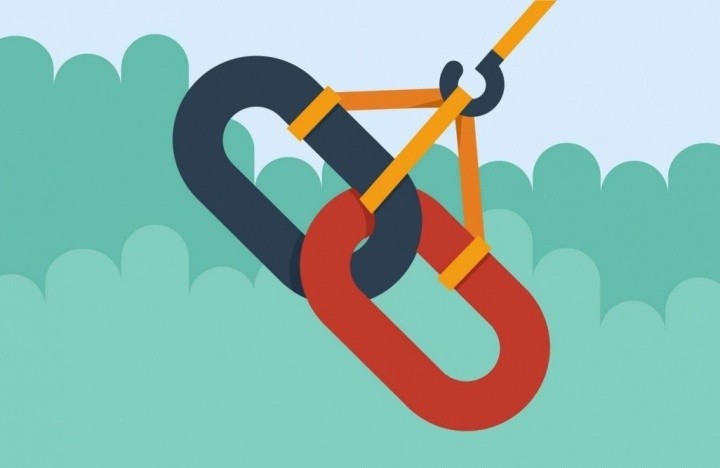Если несколько лет назад мы находили статьи с десятками, а порой и сотнями различных факторов ранжирования в поисковиках, то сегодня картина приобрела более очевидную тенденцию и различные исследования позволяют нам правильно расставлять приоритеты. Следующие 4 фактора были выведены на основе исследований SearchMetrics, Backlinko и SEO PowerSuite.
1. Контент
Наверное, этот пункт уже давно не является секретом для оптимизаторов. Релевантный контент, написанный на "человеческом", а не "сео" языке получает заметное преимущество в борьбе за топы. Несмотря на то, что присутствие ключевых слов в title, h1 и мета-тегах, до сих пор остается влиятельным параметром, все же стоит отметить, что его значимость снижается с каждым годом. Так, например, согласно исследованиям SearchMetrics, 53% страниц в топ-20 Google содержат ключевые слова в теге title, а менее 40% посадочных страниц – ключевые слова в тегах H1.
Вывод. Идеальным контентом можно назвать тот, который исчерпывающе отвечает на запрос посетителя, содержит визуальное подтверждение текста - изображения, видео, инфографику и другое.

2. Входящие ссылки
Профессиональные SEO оптимизаторы обычно закупают ссылки с других ресурсов на свой сайт. Это помогает обрести продвигаемому сайту так называемый "траст" - если на вас ссылаются, значит у вас интересный и нужный контент. Так что ссылки всё еще является важным фактором ранжирования. При этом поисковые системы развиваются и уже сегодня умеют различать качественные ссылки от некачественных. Если просто закупить огромную массу ссылок с первых попавшихся сайтов, скорее всего вы либо вылетите из поиска за "переоптимизацию", либо же просто не добьетесь желаемого успеха, т.к. авторитет ссылающихся на вас сайтов имеет первостепенную важность.
Вывод. Сначала нужно направить силы на создание полезного контента, таким образом вы сможете обрести естественную массу входящих ссылок, например за счет распространения статьи в соц. сетях. Дополнительно можно выстраивать партнерские отношения с авторитетными источниками.

3. Mobile-first UX
В 2016 мир узнал понятие "mobile-first индекса", которое активно развивается в 2017 году. Смысл его в том, что поисковая машина начинает индексацию вашего сайта именно с мобильной версии, и только в случае её отсутствия, смотрит настольную. Уже сейчас в Google 85% всех сайтов соответствуют определению «mobile-friendly», т.е. являются дружественными к мобильным устройствам.
Вывод. Всё это говорит нам о довольно очевидных вещах - обязательно оптимизируйте сайт под мобильную версию, т.к. её наличие оказывает все большее влияние на поисковое ранжирование.

4. Технические факторы
Протокол HTTPS. Если говорить простым языком, то протокол HTTPS является более защищенной версией всем известного HTTP. В 2014 году Google объявил, что HTTPS-сайты будут получать небольшой импульс в ранжировании. И хотя пока рано говорить о серьезном значении этого параметра, иметь ввиду его все же стоит.
Теги h1 и h2. По данным SearchMetrics, использование данных тегов положительно влияет на позиции в поиске. Напомним, что в конструкторе IQSites за h1 отвечает параметр "Заголовок" в виджете текста, а за h2 "Подзаголовок".
Анкорный текст. Анкорный текст – это текст в гиперссылке, описывающий страницу на которую ведет эта самая ссылка (пример - вот этот анкорный текст ссылается на данную статью). Важно, чтобы анкорный текст максимально соответствовал поисковому запросу. К примеру, если вы ссылаетесь на другую статью в вашем блоге, обязательно напишите релевантный статье анкорный текст.
Межстраничная реклама. В этом году, сайты, злоупотребляющие различного рода баннерами и всплывающими окнами имеют низкий приоритет в поисковой выдаче. Будьте аккуратнее с рекламными материалами!

Оптимизируйте ваши сайты, подписывайтесь на наш блог и ценная информация сама найдет вас ;)




